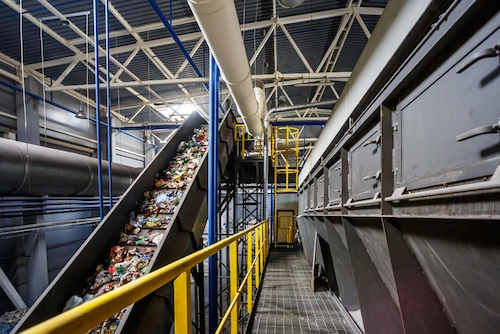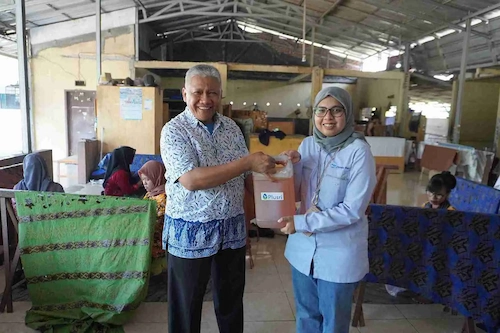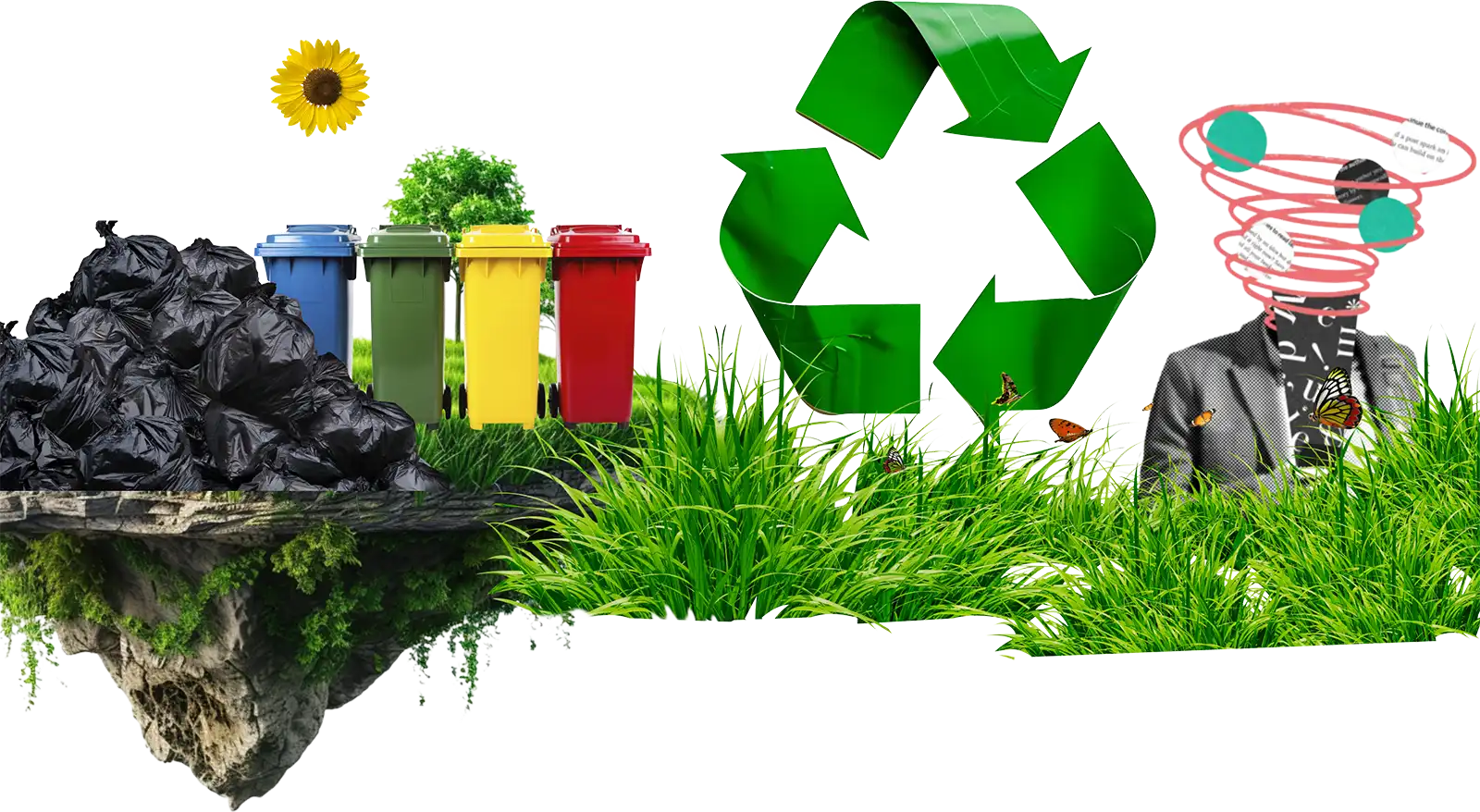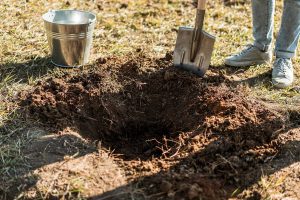Table of Contents
When discussing waste management efforts, many people immediately think of landfills (TPA). However, there is another facility that plays an equally important role: the TPST.
Although both are related to waste management, TPST and TPA operate with different methods. TPST is the place where waste is managed before being sent to the TPA. Then, what is TPST? Check out the full explanation in this article!
What Is TPST?

TPST is an Integrated Waste Processing Site (Tempat Pengolahan Sampah Terpadu). It serves as a facility for waste management, encompassing the collection, sorting, reuse, recycling, processing, and final handling of waste.
Therefore, TPST is generally equipped with processing technology and integrates various methods to turn waste into new products with economic or energy value. Another function is to minimize environmental impact by ensuring that the remaining waste is relatively safe when returned to nature.
To broaden your understanding, you also need to know the difference between TPST and other waste management facilities, such as TPS 3R, which is a waste processing site based on the concepts of reduce, reuse, and recycle.
The difference between TPST and TPS 3R lies in the level of process complexity. At TPS 3R, waste undergoes sorting and preliminary processing. Meanwhile, at TPST, waste undergoes more complex processes, from sorting and recycling to processing with various technologies and methods.
Read also: How to Recycle Waste in 6 Easy Ways: Let’s Be Creative!
The Characteristics of TPST

To understand more about TPST, you need to know the characteristics, such as:
- A more detailed sorting process: At the TPST, waste is not only separated into organic and inorganic materials, but also sorted in a more detailed and in-depth manner. For example, plastic waste is separated into PET, HDPE, and PP. Paper is also sorted into cardboard, HVS, and newspaper.
- Collaboration with the recycling industry: The industries include collectors, waste banks, or manufacturing industries that require certain recycled waste products as raw materials. The aim is to maximize the processing of waste that can still be recycled.
- Processing into energy: Some TPSTs have energy conversion technology to convert waste into energy. For example, wet organic waste is fermented to produce methane gas for stove fuel or electricity.
- Complex process: TPSTs process various types of waste using complex and structured processes and methods, from collection to processing.
Read also: Zero-Waste Community in Indonesia, Understand Their Roles!
The Technologies Used in TPST
As mentioned before, some TPST facilities are equipped with energy conversion technology. The technology is environmentally friendly, designed to make waste processing more efficient and to minimize negative impacts on the environment. Here are the full details:
1. Pyrolysis
Pyrolysis is a process of breaking down organic waste into liquid fuel, gas, and solid residue. This process is carried out at high temperatures in a limited- or no-air environment.
It produces environmentally friendly fuel, significantly reduces waste sent to landfills (TPA), and lowers greenhouse gas emissions.
A study published in the Jurnal Energi Baru dan Terbarukan showed that at TPST Manding, Sragen, pyrolysis technology successfully reduced plastic waste by 95–100% of the total incoming waste.
Regarding pyrolysis technology, Chandra Asri Group has successfully processed plastic waste using this method and produced an innovative renewable fuel called PLUSRI.

Various local industries have already adopted PLUSRI pyrolysis oil as an alternative fuel to replace kerosene and diesel, one of which is Batik Krakatoa Cilegon. This local batik MSME has used PLUSRI as fuel in the wax-heating and dyeing processes
2. Biogas Digester
A biogas digester processes organic waste into biogas through anaerobic fermentation. The result of this process is methane gas (CH₄), which can be used as a renewable energy source. In addition, the solid residue can be used as fertilizer.
3. Incineration
The next technology at TPST is incineration, which aims to burn solid waste, especially those difficult to recycle. This combustion process can reduce waste volume and eliminate hazardous substances. Therefore, incineration is one of the effective methods for handling hazardous and toxic waste (B3)
4. Leachate Treatment
Leachate treatment is another technology used at TPST. Leachate is the liquid produced from waste decomposition that often contaminates groundwater.
It contains various acids, dissolved organic compounds, microorganisms, toxic metals, and suspended solids that can cause diseases ranging from tremors and anemia to acute kidney failure.
Therefore, some modern TPSTs are equipped with leachate treatment technology for processing leachate using physical, chemical, and biological methods. Consequently, this liquid can comply with environmental quality standards and no longer pollute the soil.
5. Composting
You have probably often heard of composting, since many people use it to handle household waste. In fact, this technology is also used at TPST.
Composting converts organic waste into compost by utilizing microorganisms, such as bacteria and fungi. The compost can then help enrich and improve soil structure.
That is the explanation about TPST and its role in environmental preservation. TPST is an integrated facility that involves advanced technology and collaboration among various parties.
However, becoming a part of environmental preservation does not mean you need to be involved in complex processes like those at TPST. You can start with simple actions or programs, like joining #AksiAsri by Indonesia Asri.
#AksiAsri is a fun and meaningful program filled with the spirit of environmental conservation and a sustainable lifestyle. Register yourself now and become a Warga Asri who contributes positively to environmental preservation!
Read also: Why Humans Play a Crucial Role in Environmental Conservation?










